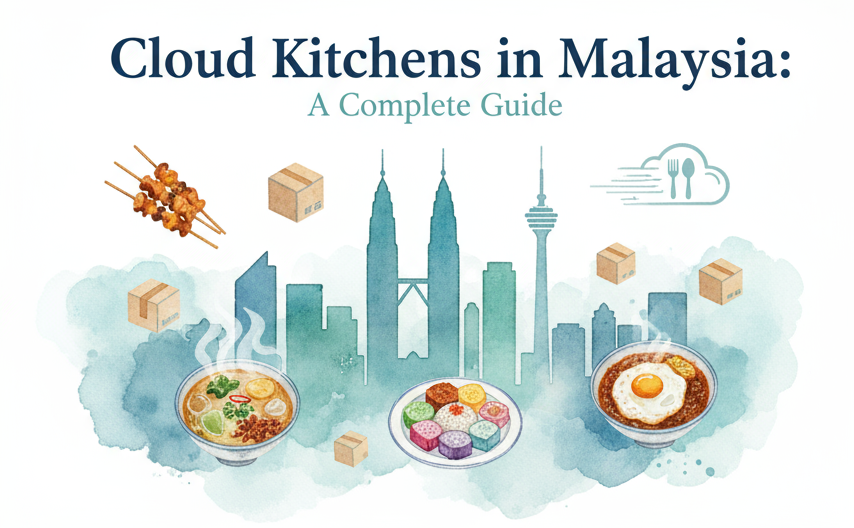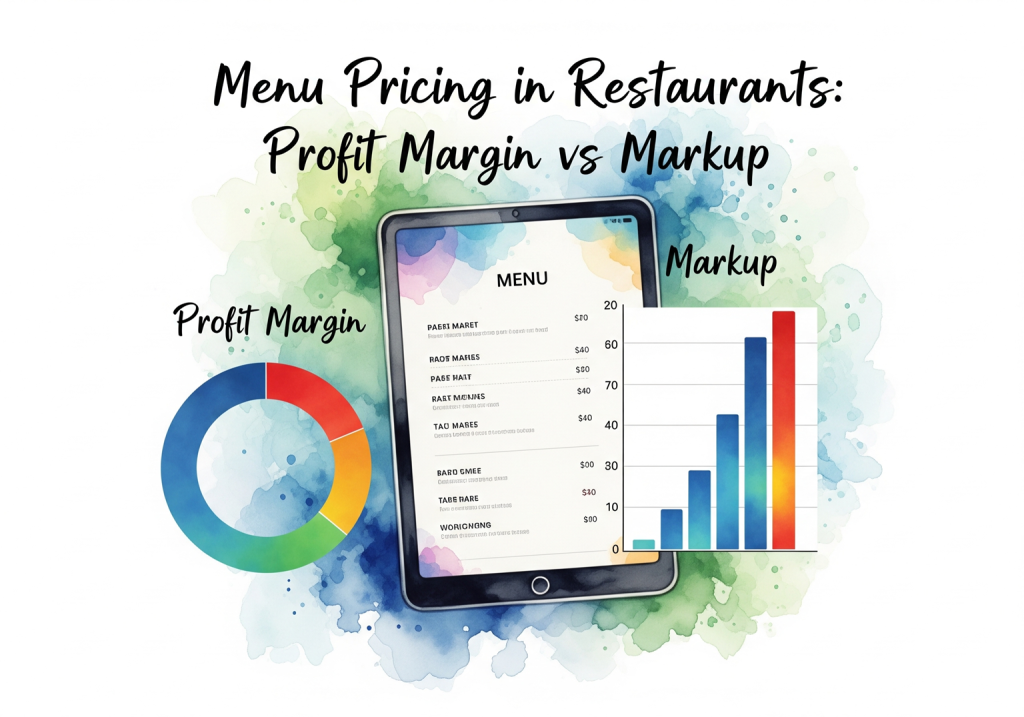With the rise of online food delivery, you might be tempted to open a cloud kitchen. It seems like a smart business decision—less rent, fewer staff, and more focus on delivery. But before you jump into it, it’s important to understand the drawbacks of cloud kitchens. Many restaurant owners are finding that a cloud kitchen isn’t the golden opportunity it appears to be. Let’s break down why this model might not be the right move for you.
1. The Competitive Market is Tough
Cloud kitchens are popping up everywhere. According to a report, the cloud kitchen market is expected to grow by 12.5% each year, with more than 50,000 cloud kitchens operating worldwide. This might sound exciting, but it also means heavy competition. Unlike a traditional restaurant, you won’t have a physical presence or foot traffic to rely on. Instead, you’ll be fighting for attention online, competing with hundreds of others for a spot on food delivery apps like Grab, Foodpanda, or Deliveroo.
When there are so many options available, standing out becomes a major challenge. Select cloud kitchens can survive by building strong online marketing strategies, but you need to ask yourself if that’s where your strengths lie.
2. High Marketing Costs
A cloud kitchen depends almost entirely on online orders. This means you’ll need to spend a lot on digital marketing. If you think you can simply set up a cloud kitchen and orders will come rolling in, you might be in for a surprise. On average, restaurants that rely on delivery platforms spend up to 25-30% of their revenue on marketing and commissions to third-party apps.
Without a physical space, your brand recognition is limited, and you’ll have to constantly push promotions, ads, and social media campaigns to keep your business visible. It’s easy to get lost among other restaurants on these platforms, and getting noticed can cost more than you expect.
3. No Direct Customer Interaction
One of the major disadvantages of cloud kitchens is the lack of face-to-face interaction with your customers. When you have a physical restaurant, you get feedback directly from customers, whether it’s about your food, service, or ambiance. This helps you build a loyal customer base and improve based on their preferences.
In a cloud kitchen, you don’t have this luxury. You depend on ratings and reviews, which can be unforgiving. A single bad review can turn away potential customers, and it’s harder to build trust when you don’t interact directly with your diners. What are the drawbacks of cloud kitchens? The inability to create a personal relationship with customers is a big one.
4. Logistics and Delivery Issues
Managing deliveries is not as easy as it sounds. From handling food packaging to ensuring timely delivery, there are a lot of factors that can go wrong. One of the challenges in cloud kitchens is that you rely heavily on third-party delivery services. When these services fail—whether due to a late driver, cold food, or incorrect orders—the blame often falls on your restaurant, even when it’s not your fault.
Inconsistent delivery times and poor handling of food during transit can affect your restaurant’s reputation. You might face negative reviews for something completely out of your control.

5. Low Margins Due to High Commissions
Food delivery platforms take a hefty commission on every order, often between 20-35%. For a small cloud kitchen, this can severely cut into profits. Even if you manage to bring in a good number of orders, these high fees can make it difficult to stay profitable. Traditional restaurants have the benefit of direct sales, but with a cloud kitchen, you lose a significant chunk of each sale to third-party platforms.
This is one of the biggest disadvantages of cloud kitchens. Even though you save on rent and utilities, you might not actually end up saving as much as you think, especially after you factor in delivery commissions.
6. Limited Menu Flexibility
Running a cloud kitchen limits your ability to offer a diverse menu. Unlike a traditional restaurant where you can experiment with specials or seasonal dishes, a cloud kitchen often requires a streamlined, delivery-friendly menu. The problem with this is that it can get boring for customers quickly. Plus, certain foods just don’t travel well, so you may have to cut down your menu to items that can survive a 30-minute delivery.
This lack of flexibility can hurt customer retention. If people feel like your menu isn’t offering something fresh or unique, they might not return. This makes it harder to build a regular customer base.
7. Difficult to Build a Brand
Without a physical location, it’s hard to create a brand that people recognize and trust. In a traditional restaurant, customers can experience your food, ambiance, and service all in one place. This builds a strong connection between your brand and your customers.
With a cloud kitchen, your only touchpoint is the food itself—and the packaging it arrives in. Building a brand through just this is extremely difficult. Unless you invest heavily in branding and marketing, your cloud kitchen risks becoming just another name on a delivery app.
While cloud kitchens may seem appealing at first, the reality is filled with hidden costs, tough competition, and logistical issues. The challenges in cloud kitchens, like high commissions, lack of direct customer interaction, and delivery problems, can outweigh the benefits. What are the drawbacks of cloud kitchens? In many cases, they can make it hard to maintain profit margins and build a lasting business.
If you’re thinking about expanding your restaurant, it might be better to focus on improving your dine-in experience or finding other ways to grow your brand instead of jumping into the cloud kitchen trend.




